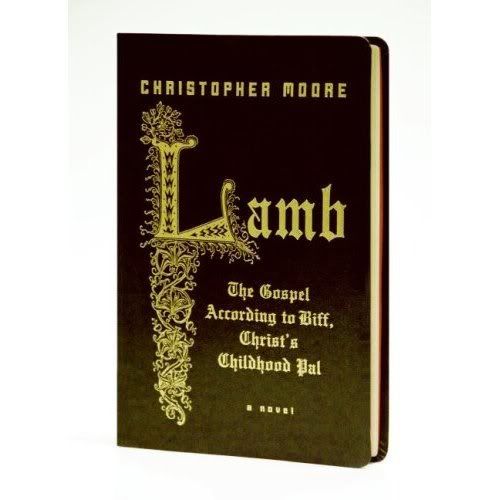
Paul Collins in Slate Magazine asks “Why won’t phone books die?” The question was prompted by Microsoft Chairman Bill Gates’ claim that “Yellow Page usage among people, say, below 50, will drop to zero—or near zero—over the next five years” (Bill Gates: Reading to go "completely online"). Collins counters with industry figures:
Printed phone books are a maturing industry, with only about six in 10 businesses and individuals still regularly relying on them. Yet even as directories hemorrhage content to the Web and to unlisted cell numbers, enough oldsters—those, say, who still recall physically dialing numbers in a rotary motion—continue using them enough to keep profits rolling in.
The phone book’s physical and economic ubiquity over the past century is undeniable:
The humble phone book spent the 20th century as the prince of print jobs. When AT&T gave all 2,400 local editions the same bicentennial-commemorative cover, the resulting run of 187 million copies probably became the most-reproduced book cover of all time. ... The phone book is the one book guaranteed to be present in every household, no matter how little else the occupants read. Even in a vacant apartment, you'll still find old phone books in the kitchen cabinet. ... Last year, according to the industry group the Yellow Pages Association, approximately 615 million directories were printed in the United States alone, generating revenues of $13.9 billion. Some quick math tells me that's more than $22 in revenue per copy. And, what's more, those revenue figures are growing.
By one meaning of the word “iconic,” people’s instant recognition of phone books by their size, shape and color as well as their ubiquity should make them a paradigmatic “iconic book.” But Collins points out:
Yet the phone book's ubiquity has given it an invisibility. ... despite being the most popular printed work ever, there's never been a single scholarly monograph on the phone book.
Those observations go to the heart of what makes a book iconic. It is ritual. By “ritual,” I mean practices that draw attention to books and makes people conscious of how they are using and reading them (applying the ritual theory of Jonathan Z. Smith). Religious processions with scriptures, political oath ceremonies, and sales of textual amulets all ritualize the physical form and image of books or other texts. But people also ritualize books—that is, they draw sustained and conscious attention to them—by interpreting their meaning (in scholarly monographs, among many other media) and also by performing the text through recitations, songs, art, theater, and film. People in different cultures, times and place ritualize different books to different degrees along each of these three dimensions.
Phone books, however, are ritualized in none of their dimensions. Not only has their semantic form and cultural significance remain uninterpreted, but the idea of “performing” their text or contents is ludicrous. As to their physical form, no one protests if they are burned, mutilated, or otherwise destroyed (unless it is out of concern for environmental impact, which as Collins notes must be considerable). By the analysis we’re employing here, phone books are the most uniconic of books.
Thinking about such uniconic books lets us nuance our theories. For one thing, I need to ditch my simple definition of an iconic book as “a book you can recognize from fifty feet away.” Phone books, especially Yellow Pages, can easily be recognized at a distance just as bibles can, but that characteristic has not endowed them with cultural worth and significance.
Uniconic books may also help us grasp the likely effects of transforming texts into digital media. To the degree that a book simply serves as an information source, like the phone book does, it can be replaced by computer searches without readers feeling any loss. That does not mean, however, that “reading will go completely online,” as Bill Gates maintains. To the degree that people ritualize books and other texts along the iconic dimension, that is, to the degree that they pay conscious attention to how they look and feel, how they carry them and their own posture as they read them, such iconic books will remain major features of human cultures.
That is not to say that iconic texts won’t be adapted to new media. I think biblical texts were digitized and marketed in electronically searchable forms sooner than phone books, and elicited no complaints from the devout (at least that I’ve heard). The difference lies rather in the fact that the disappearance of physical bibles is unimaginable, while the eventual disappearance of physical phones books seems very likely. As this blog is documenting, the iconic status of various kinds of books preserves and even enhances their appeal in the age of digital information.









